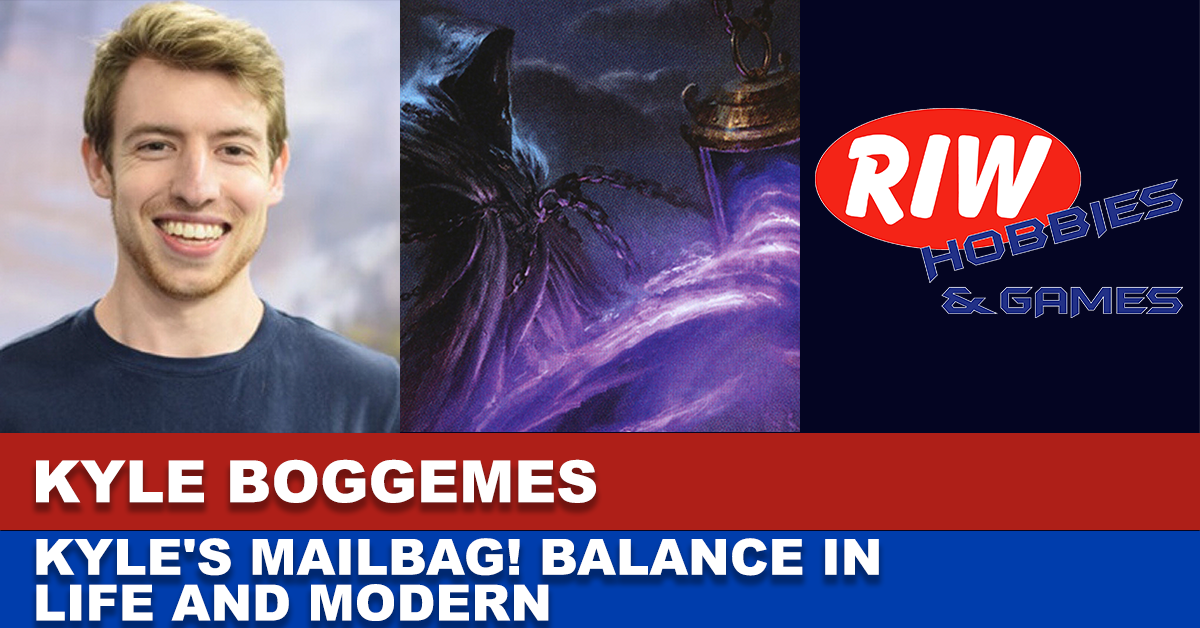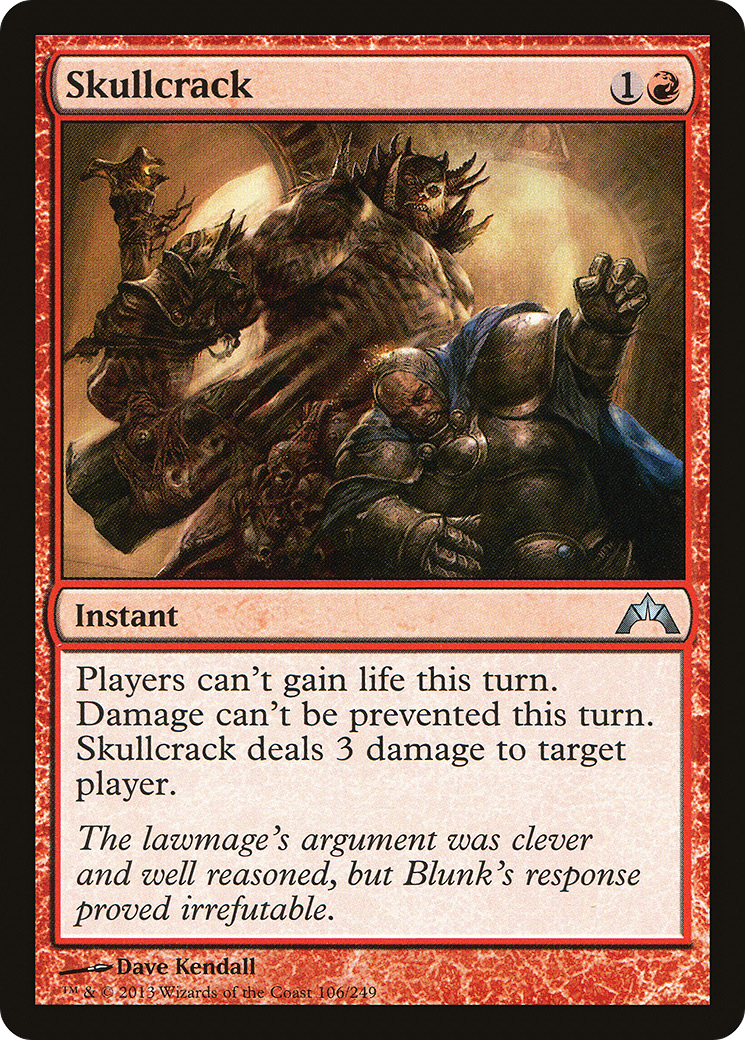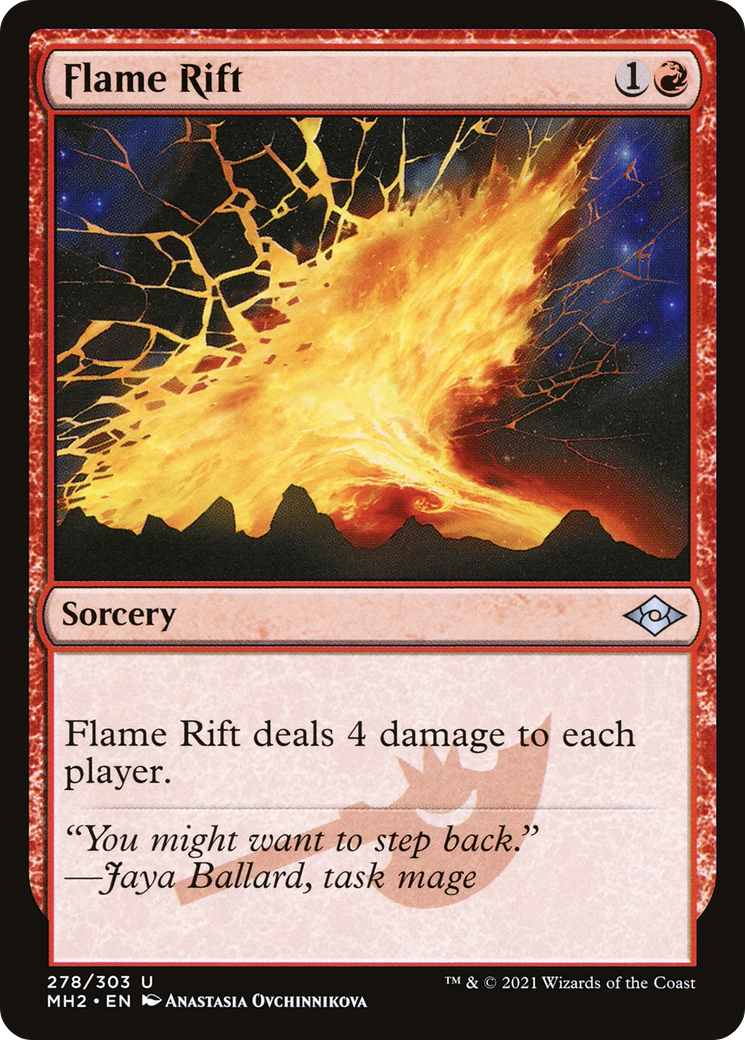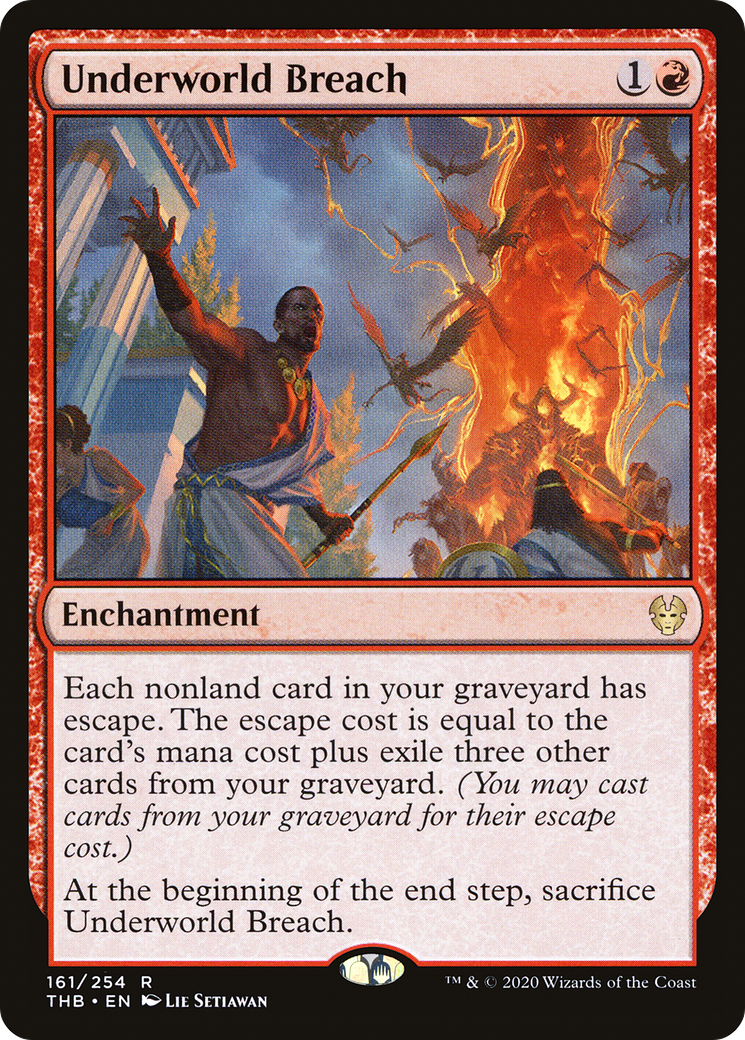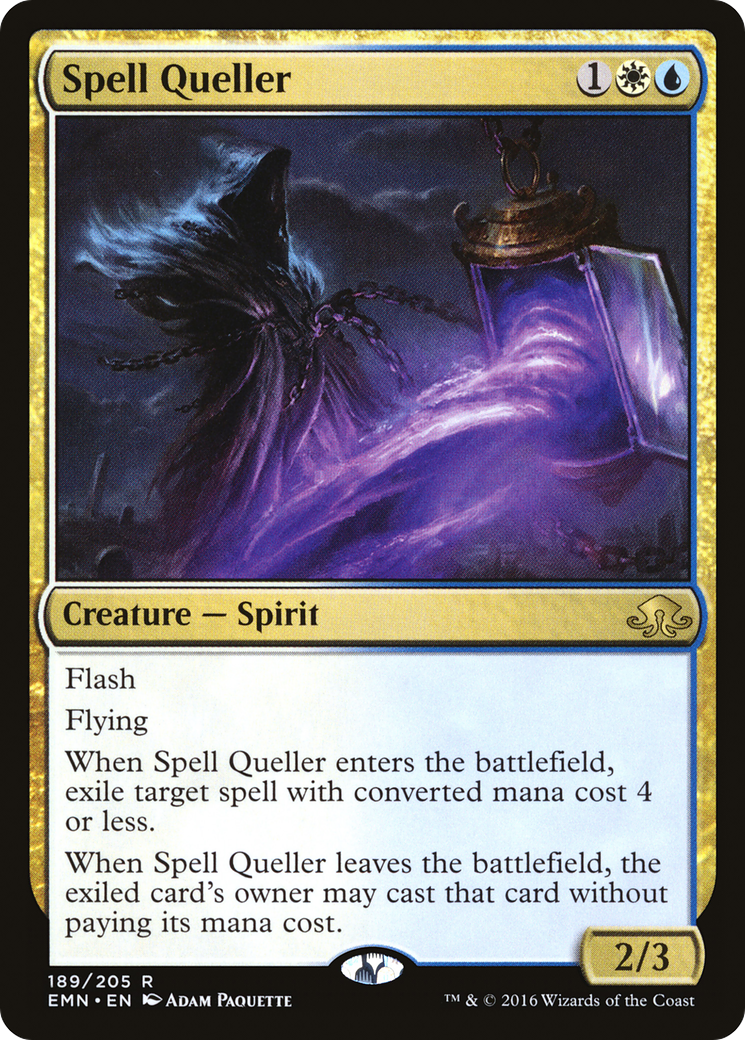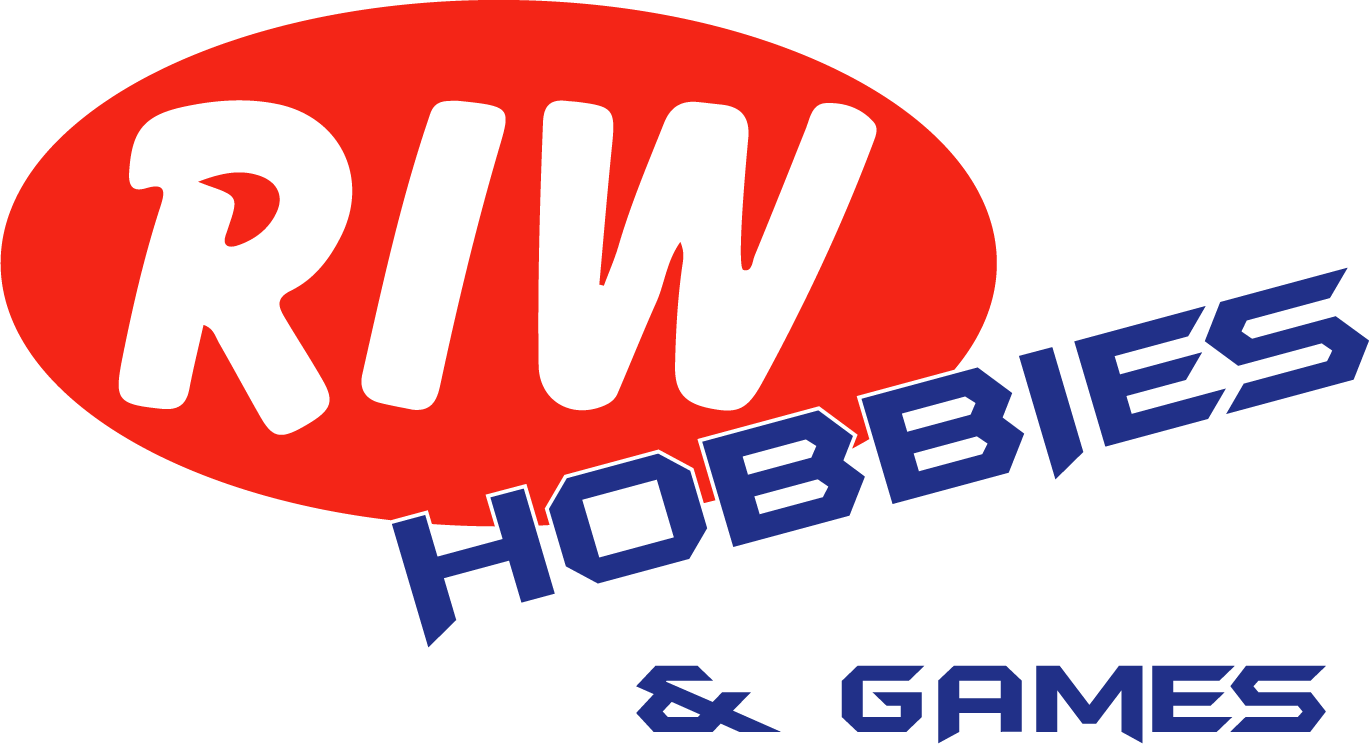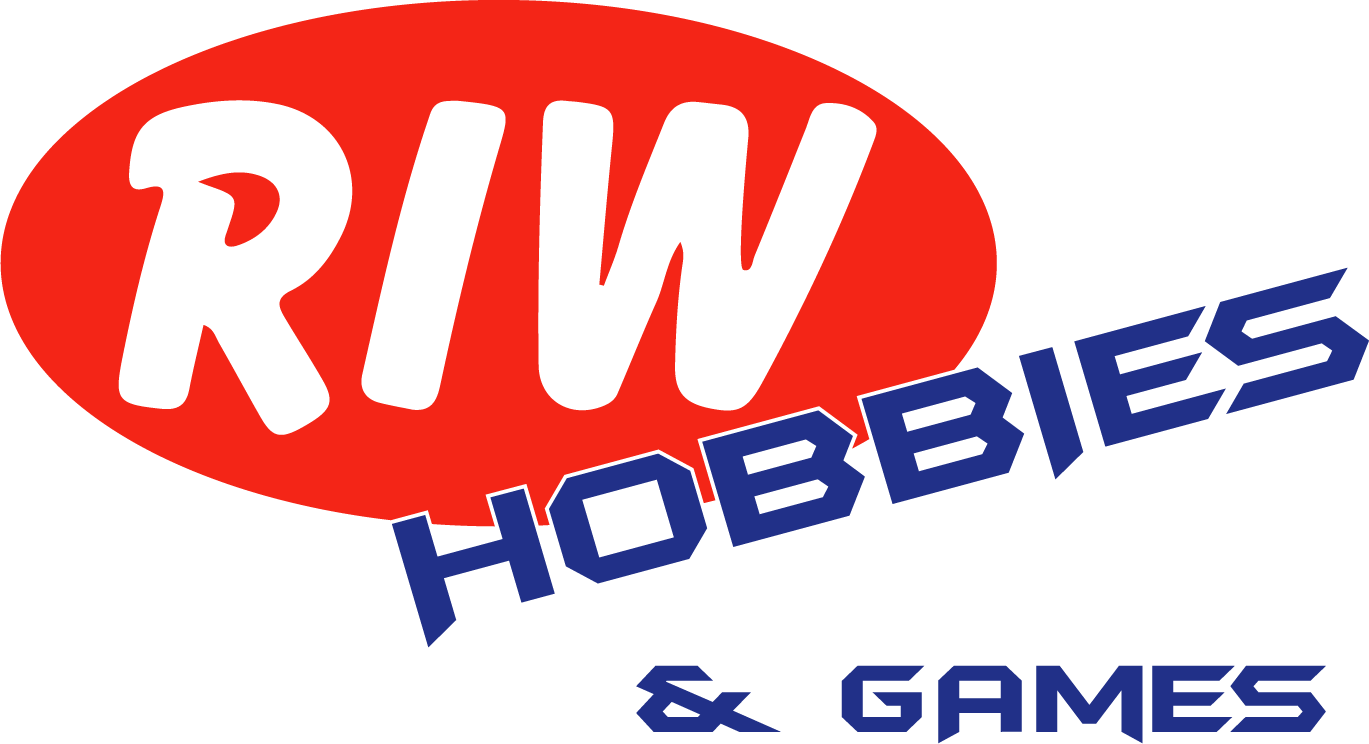I’m back with a Mailbag article as I’ve received some questions I would like to address. The theme informing my responses is balance. It’s crucial to both Magic: the Gathering and life.
Daniele Bottillo: “How do you balance a full time job and playing Magic Competitively?”
I got married about six months ago and have a son on the way. In addition, I’m climbing the ladder at work in Corporate Finance. There are tricks I’ve picked up along the way to use my spare time to play tournament Magic and not embarrass myself.
The Triangle is the highest order of how I spend my time: work, family, and Magic. Most activities I do fall into one of those three categories and there’s minimal overlap. I make a conscious choice to have Magic be my hobby and spend very little time with other games.
There’s even time to play a couple paper tournaments each week and create content!
The Mission is to play in paper tournaments. I rarely play Magic Online; if I did it would be to practice for paper events I plan to attend. There’s time to do this by playing fewer local events, but I have more fun with in-person tournaments.
I’m not looking to make a return to globetrotting and playing every professional-level event. My goal is to master a deck in each of the competitive formats and win money or store credit while having fun. I also use paper events to learn decks in order to create content as I find writing to be cathartic.
Playing competitive Magic is like riding a bike. I put in the effort during my teen years. It’s wild to think back on how I was able to go to school on Friday, play FNM, stay up all night driving to a PTQ, battle for eight hours, and drive home. A forty hour day. I had the fire and I put in the time. I lean on those experiences so I don’t have to practice as much these days to get some wins.
Stay focused on a few decks in each format. It can be tempting to try every flavor of the week, but the top tier will typically remain for a longer time. There are many distractions due to the low barrier of entry in Magic Online Leagues and Challenges. Don’t get lost in the sauce.
Here are the decks I have been playing for months in each format:
Rakdos Midrange in Pioneer
Five Color Creativity in Modern
Jeskai Day’s Undoing in Legacy
The Magic Online metagame is constantly evolving; it’s hard to nail down a moving target. Paper tournaments feature competitors restricted by budgets and deck preferences. It moves much slower and requires less attention to crack the top 8.
Recharging your battery is important. I play Paper Magic because it’s fun. Do what’s fun for you. If you work a demanding job and have family obligations there needs to be refreshing activities.
Michael (Hawaii) Jesse: “What Does Burn Need to Compete in the Modern Format?”
Hawaii and I discuss cards to add to formats quite often. There’s not a lot of creative space in asking what cards can be banned or unbanned in a format.
WOTC has room to maneuver by making new cards. We have the luxury of discussing cards that will address current needs of formats while WOTC does need to account for time to market so this is easier said than done.
The weakest card in Burn’s main deck is Skullcrack. Three damage to the face for two mana is a weak rate compared with the rest of the spells. The damage prevention and life gain negation is typically stronger in post board games. Most modern staples don’t gain life so Burn needs to worry about targeted hate out of the sideboard.
Midrange power creep has grown faster than any other category. Most midrange threats we play would be inconceivable a decade ago while aggressive creatures have not been able to keep parity despite them being more powerful, too. Sheoldred has stopped aggressive decks in their tracks in both Standard and Pioneer, for example.
There are a large number of Burn games that come down to one final topdeck. The difference between three and four damage can determine the game. The opponent is relatively safe at ten life because three spells will most often deal just nine damage.
Flame Rift is already legal in Modern, but never made a splash because some matchups come down to a race.
Here’s my card:
Incendiary Rift
Instant
1R
Incendiary Rift deals four damage to target opponent.
Incendiary Rift will pair nicely with Boros Charm to enable more kills from ten or eleven life. It’s a very pushed burn spell to keep up with the top tier of Modern decks.
Burn creates frustrating games due to its linearity, but is a crowd favorite. Modern is full of linear decks that were once prominent only to fall short in a world of versatile removal and power creep.
A key feature of many linear Modern decks is to build around cards that are difficult to disrupt. In the past artifacts, enchantments, lands, and the graveyard were safe in a world of Path to Exile and Lightning Bolt, but have been erased by Prismatic Ending, Boseiju, and Leyline Binding.
Burn can thrive as life gain isn’t yet stapled onto the versatile interaction, but the rest of the format became more powerful. This will be one of the easier linear archetypes to revive for this reason.
Speaking of classic archetypes in Modern, competitors are always eager to find the next Splinter Twin situation. I would describe Jeskai Breach as Grixis Twin because it has a combo backed by some of the most powerful cards in the format. It’s difficult to fight tournament staples while there’s a threat of a game-ending interaction looming.
The saving grace for Modern is Jeskai Breach is difficult to play. We see the same names rise to the top while the deck doesn’t enjoy widespread success.
Underworld Breach is quickly being identified as a broken card in not only combo decks, but also Grixis Death’s Shadow. AspringSpike, Jesse Robkin, and others identified Breach is a stronger top end threat than Kroxa.
I enjoy playing powerful cards and prefer decks that can quickly pivot from controlling the game to become the aggressor.
Pure control decks rarely stay at the top and have difficulty competing in open metagames. When your deck is designed to create a very specific end game your opponents can build their deck in such a way to prevent it from happening. Aggressive decks can be taken down by midrange decks after they board in seven removal spells.
Dynamic decks are able to capitalize on sideboarding being one of the least understood elements of the game. Even if the balance is correct, the opponent must draw the right mix of threats and interaction.
That’s all I have for today. Thanks for reading!
